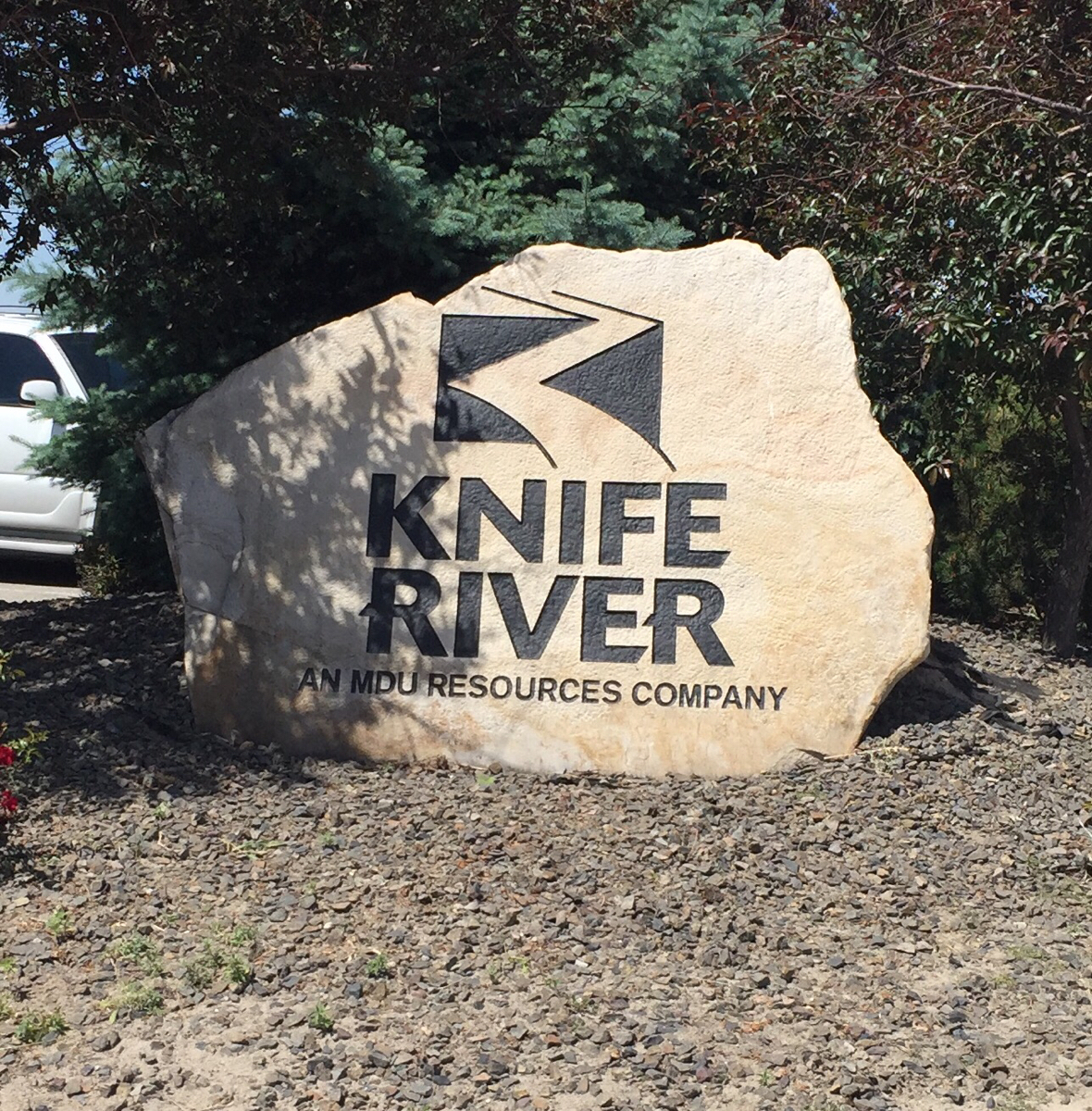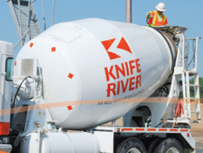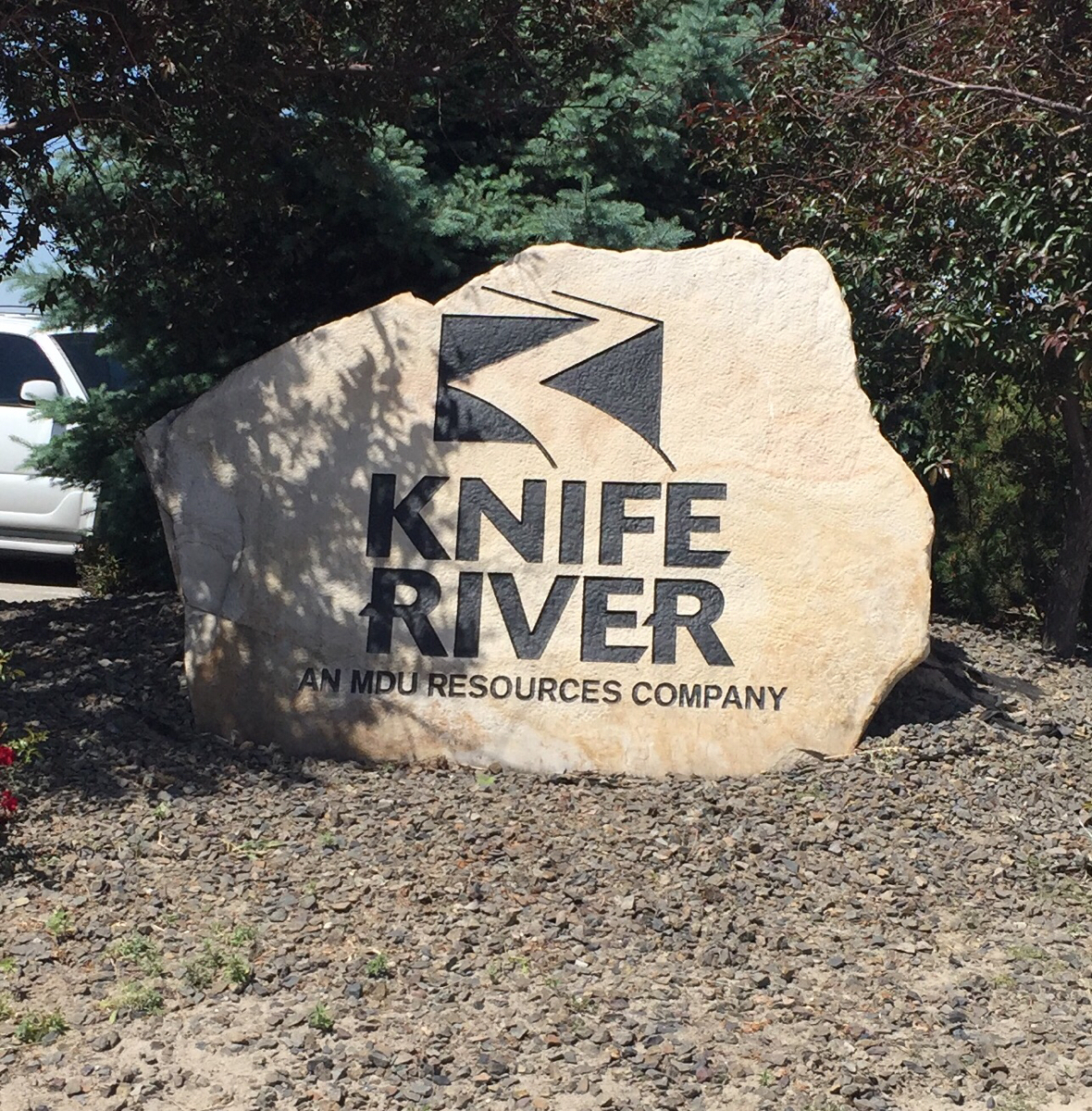Information
-
Document No.
-
Audit Title (Site Name-VA-Month-Year)
-
Site Name and Permit Tracking Number
-
Division
-
Location
-
Inspection Conducted on
-
Inspected by
-
Inspector's Qualifications
-
Additional Personnel conducting Inspection
Visual Assessment of Stormwater Discharges
Quarterly Visual Assessment of Stormwater Discharges.
-
Check the Box to view the Quarterly Visual Assessment Procedures per Section 3.2 of the Multi-Sector General Permit
-
3.2.1 Quarterly Visual Assessment Procedures.
Once each quarter for the entire permit term, you must collect a stormwater sample from each outfall (except as noted in Part 3.2.3) and conduct a visual assessment of each of these samples. These samples are not required to be collected consistent with 40 CFR Part 136 procedures but must be collected in such a manner that the samples are representative of the stormwater discharge.
The visual assessment must be made:
• Of a sample in a clean, colorless glass or plastic container, and examined in a well-lit area;
• On samples collected within the first 30 minutes of an actual discharge from a storm event. If it is not possible to collect the sample within the first 30 minutes of discharge, the sample must be collected as soon as practicable after the first 30 minutes and you must document why it was not possible to take the sample within the first 30 minutes. In the case of snowmelt, samples must be taken during a period with a measurable discharge from your site; and
• For storm events, on discharges that occur at least 72 hours (three days) from the previous discharge. The 72-hour (three-day) storm interval does not apply if you document that less than a 72-hour (three-day) interval is representative for local storm events during the sampling period.
You must visually inspect or observe the sample for the following water quality characteristics:
• Color;
• Odor;
• Clarity (diminished);
• Floating solids;
• Settled solids;
• Suspended solids;
• Foam;
• Oil sheen; and
• Other obvious indicators of stormwater pollution.
Whenever the visual assessment shows evidence of stormwater pollution, you must initiate the corrective action procedures in Part 4. -
Has a measurable discharge occurred that would require completion of a quarterly visual assessment?
Pollutants Observed
-
Color
- None
- Flecks
- Globs
- Sheen
- Slick
- Other
-
Please Describe:
-
Odor
- None
- Musty
- Sewage
- Sulfur
- Sour
- Petroleum/Gas
- Solvents
- Other
-
Please Describe:
-
Clarity
-
Please Describe:
-
Floating Solids
-
Oil Sheen
- None
- Flecks
- Globs
- Sheen
- Slick
- Other
-
Please Describe:
-
Settled Solids (Observe for settled solids after allowing the sample to sit for approximately one-half hour.)
-
Foam (gently shake sample)
-
Other Obvious Indicators of Stormwater Pollution
Corrective Actions & Certification
Please list any discharges observed, corrective actions identified, date identified and date the corrective actions were completed.
-
Use this space for any additional notes or observations from the inspection:
-
Identify probably sources of any observed stormwater contamination. Also, include any additional comments, descriptions of pictures taken, and any corrective actions necessary below (attach additional sheets as necessary).
Sources
-
Source
-
Check to box to confirm that you have read and understand the Certification Statement: “I certify under penalty of law that this document and all attachments were prepared under my direction or supervision in accordance with a system designed to assure that qualified personnel properly gathered and evaluated the information submitted. Based on my inquiry of the person or persons who manage the system, or those persons directly responsible for gathering the information, the information submitted is, to the best of my knowledge and belief, true, accurate, and complete. I am aware that there are significant penalties for submitting false information, including the possibility of fine and imprisonment for knowing violations.”
-
Signature of Inspector:










